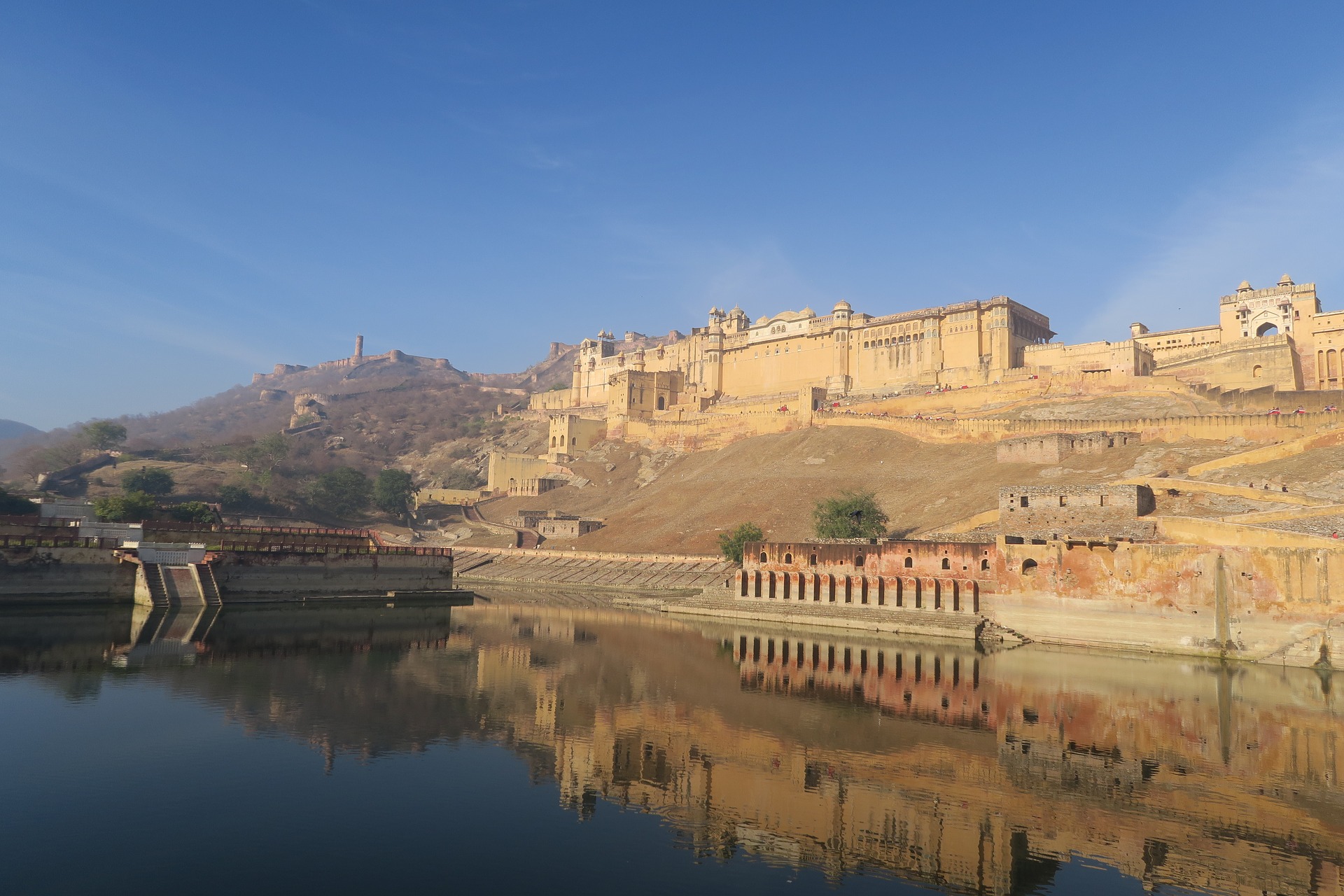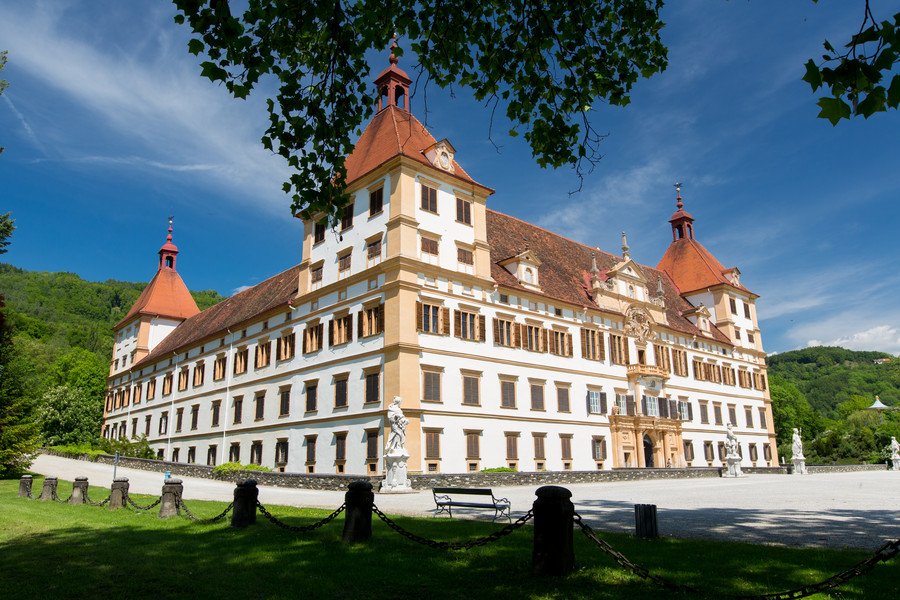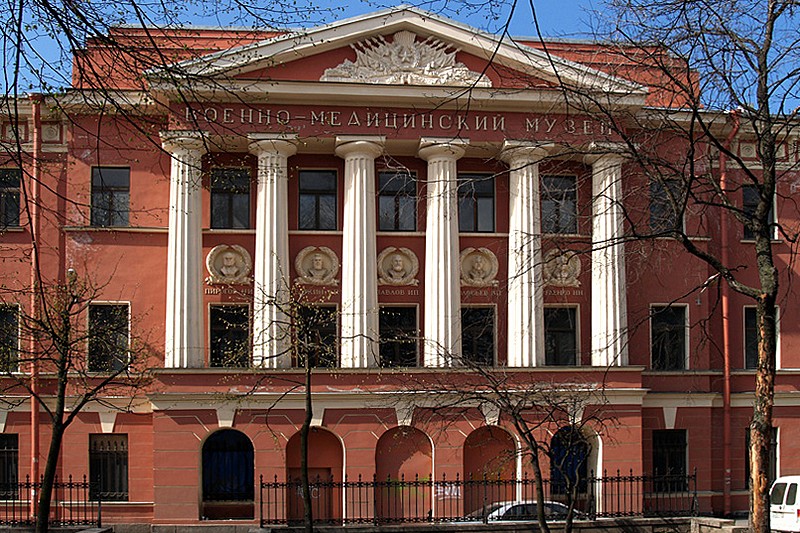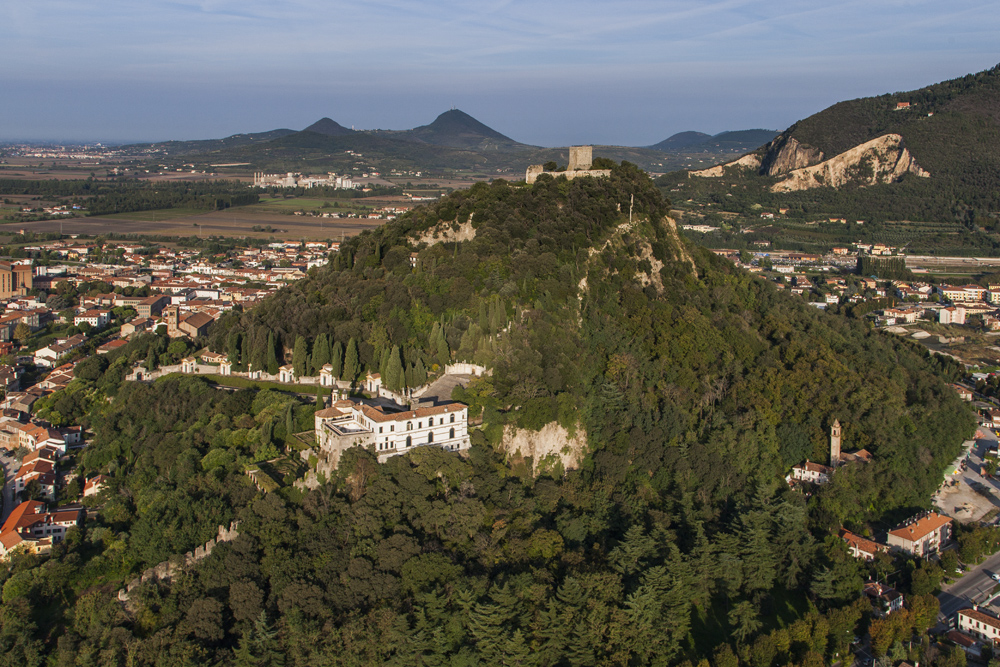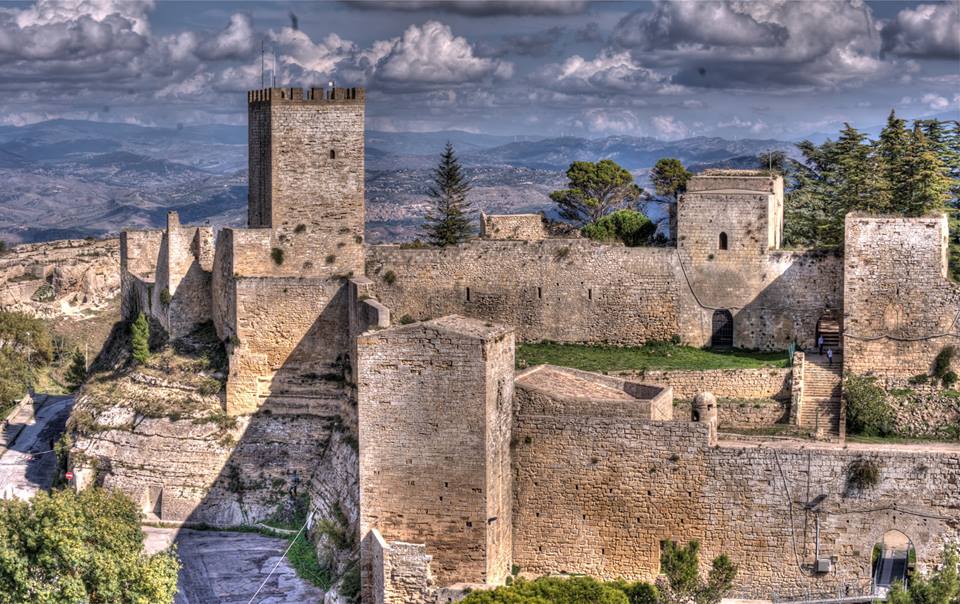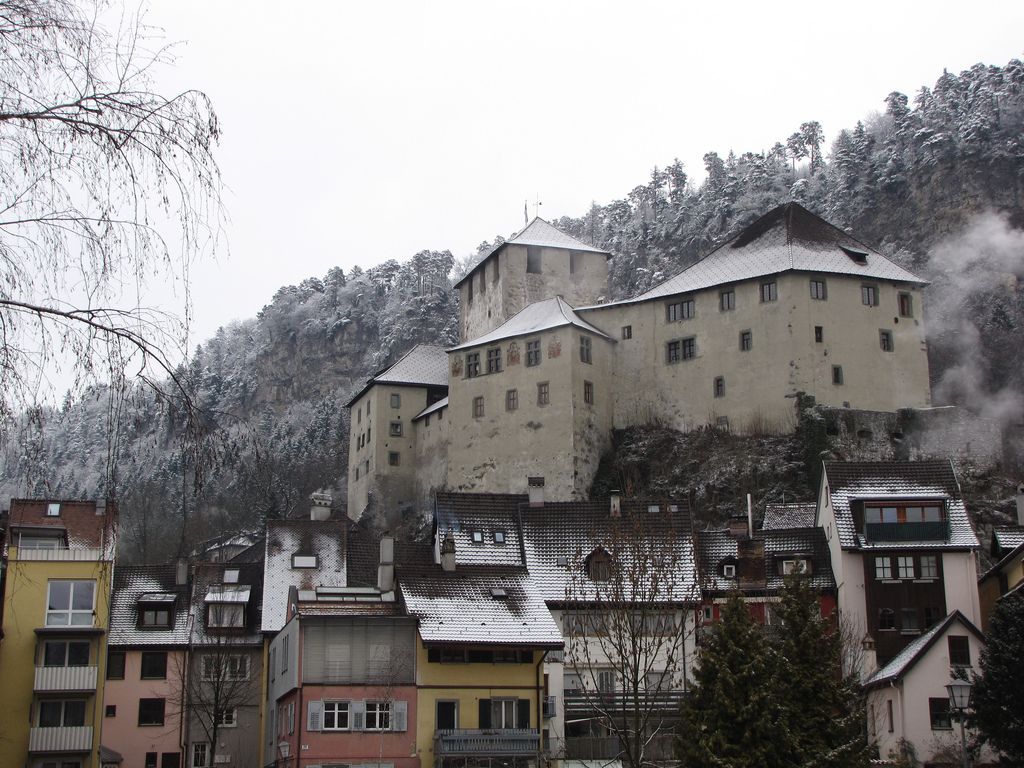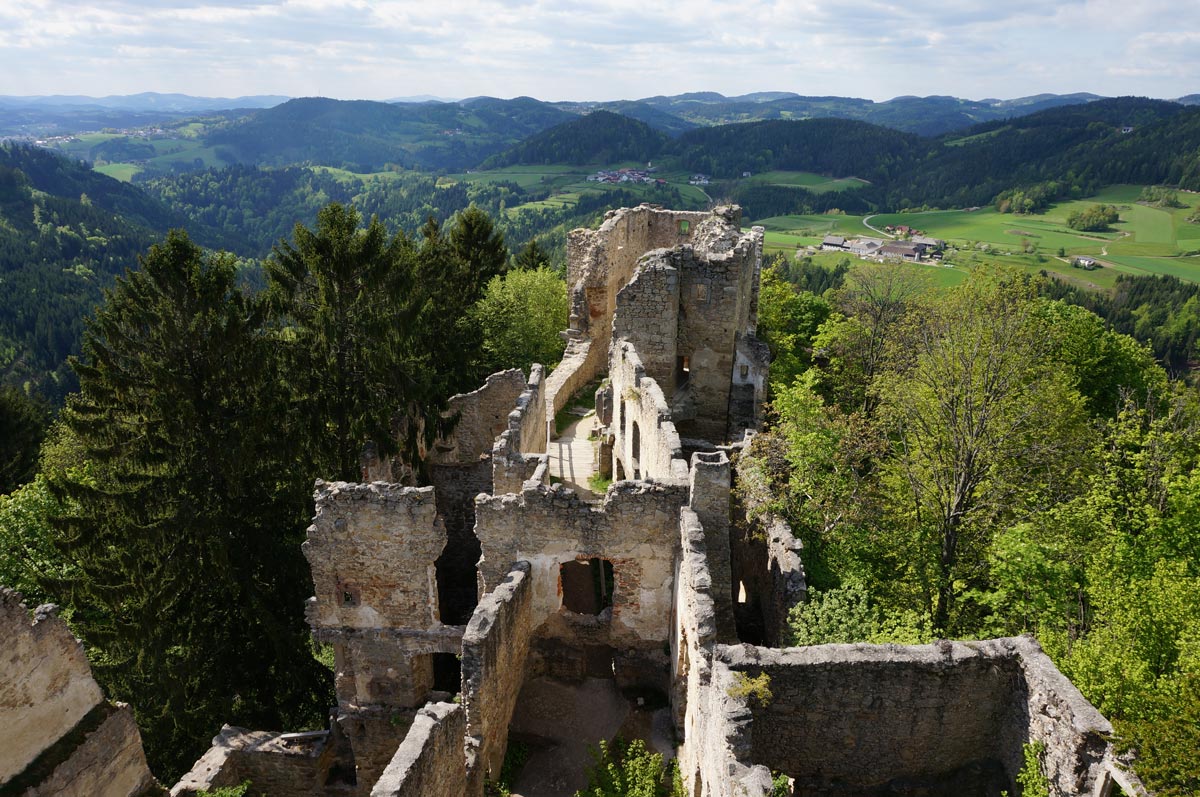About ten km. away from Jaipur is a fortress made of red sandstone and white marble, reached by a climb on the back of elephants, a bit too touristy but nevertheless exciting. The palace, dating back to 1600, boasts an 18 km wall that is largely intact. Of great interest is the tour of the courtyards, the walkways and the various rooms of the palace. These present a riot of marble, stucco, walls and ceilings inlaid with gold leaf and decorated with mirrors, ivory and semi-precious stones. Here you can get an idea of the life of the Maharajas, with their court of wives, concubines, dignitaries and subjects… The ascent on the back of an elephant is not recommended for those suffering from vertigo… but the view is wonderful. The road leading to the top is narrow and two-way and before getting off the elephant you have to cross the Gate of the Sun (Suraj Pol), so called because it looks at the rising sun, and you enter the first large panoramic courtyard (Jaleb Chowk), which overlooks the artificial lake Maota (the main water resource of the palace) and gardens. After a steep staircase, one encounters the Diwan-i-Aam, or public audience hall, a platform with 27 columns, where the raja received the requests of his people: it is located in the second courtyard, in which stands out the enormous Ganesh Pol, a three-level door, decorated with an elaborate pattern, also used on typical local fabrics. In its upper part was the Suhag Mandir, the area where royal women could watch the ceremonies through ornate grates. Beyond this gate one enters the third courtyard, the area of the palace designated for the royal family, with a garden with geometric flowerbeds that in spring are adorned with multicoloured flowers, giving the idea of a Persian carpet. In the middle there is a star-shaped pool with a fountain in the centre.
On one side is the winter pavilion (Jai Mandir or Diwan-e-Khas), reserved for private audiences and decorated with myriad mirrors that reflect the sun, transmitting heat to the interior.
Opposite, however, is the Sukh Mahal (pleasure hall), accessed through a sandalwood door. An external channel of perforated marble made the water flowing into the garden take the shape of many pearls.
From this point one can also see the Jaigarh Fort, located a little higher and connected to this building by an underground passage, created by the royal family as an escape route in case of assaults.
Finally, the fourth and last courtyard leads to the most private area of the Palace and has blue floral decorations on the walls. In the centre stands a "baradari", a word used to indicate a square pavilion with twelve doors (three on each side), which have the function of circulating air and making it cooler in summer. All around are the numerous rooms of the "zenana", the area reserved for the women (mothers, wives and concubines) of the royal family.
